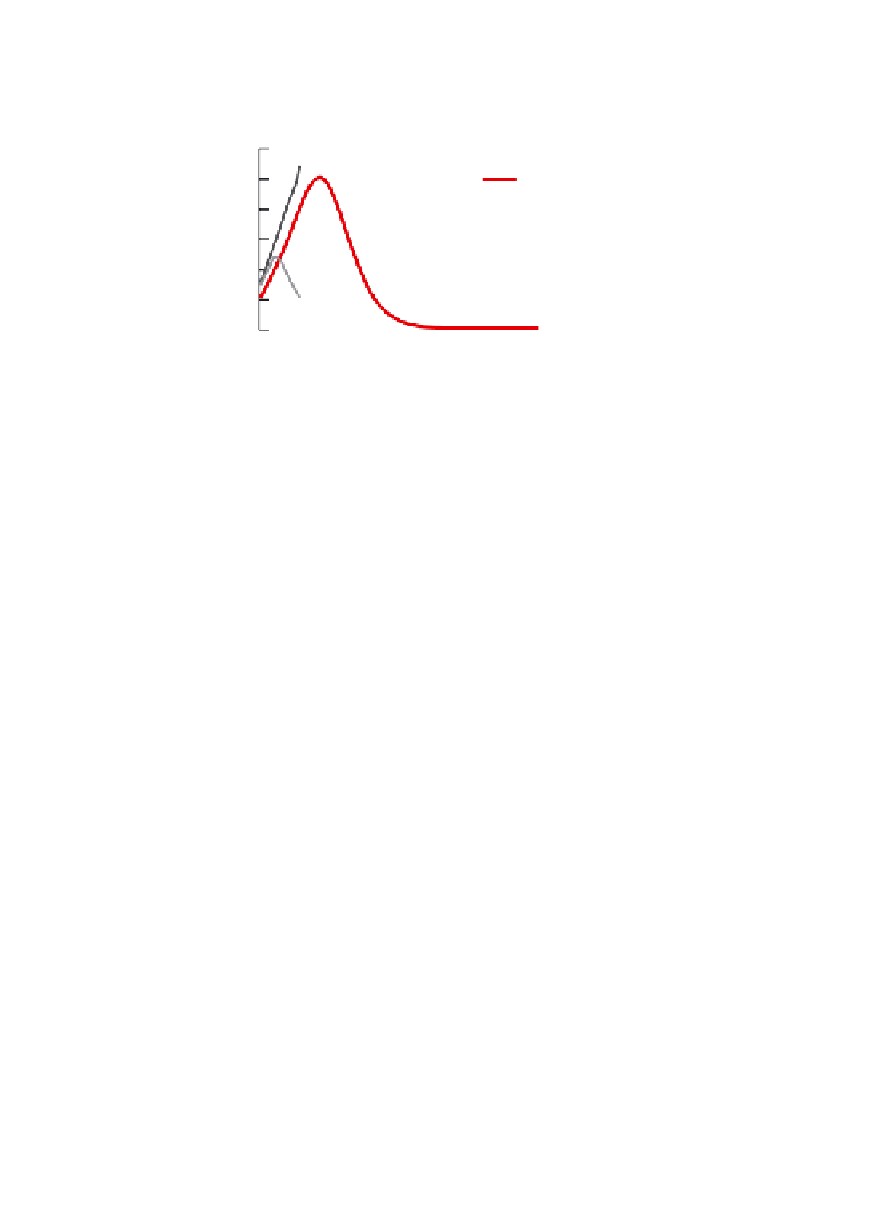Environmental Engineering Reference
In-Depth Information
30
5000 Gt C
1000 Gt C
Scenario A2
Scenario B1
25
20
15
10
5
0
2000
2200
2400
2600
2800
3000
Year (AD)
Figure 3.6.1
Future carbon emissions
The thick red line is the “large” scenario in which we emit the amount of CO
2
corre-
sponding to most of the proven fossil fuel reserves. The thick blue line is the “moderate”
scenario in which we only use 20% of these reserves. The gray lines are the SRES sce-
narios A2 and B1 from the IPCC (see
Box 2.5.1
).
Figure from Archer and Brovkin
[3.12].
scientifi c community associates considerable uncertainty with their pre-
dictions. If, on the other hand, all the models agree, then this agreement
suggests that we have a good understanding of the effects and the pre-
dictions. Before looking at the actual model predictions, it is important to
make some qualitative observations.
The terrestrial biosphere will take up some excess carbon as a
warmer world will have a longer growing season. However, increasing the
temperature will also increase the decomposition of carbon in soils.
Moreover, the total amount of terrestrial biomass is simply too small to
act as an effi cient buffer of excess atmospheric CO
2
. We therefore have
to rely on the oceans for the uptake of the CO
2
. It typically takes the
ocean surface one year to equilibrate with the atmosphere. However, this
surface layer is about 100 m deep. Once the surface layer is saturated we
have to wait for the water in this layer to be mixed with the water in the
deep ocean. This mixing occurs on a time scale of 100 to 1,000 years,
which is the time scale of the circulation of the oceans. In
Figure 3.6.2
these time scales are illustrated.
In
Figure 3.6.2
an important assumption has been made, namely that
the deep ocean is infi nitely large or has an infi nitely large buffering capacity.
To some extent this is true. The pervasion of CO
2
in the ocean causes the
pH to decrease, but the presence of CaCO
3
on the sea bottom acts as
the buffer. The buffering reactions are slow and their capacity is limited. The












Search WWH ::

Custom Search